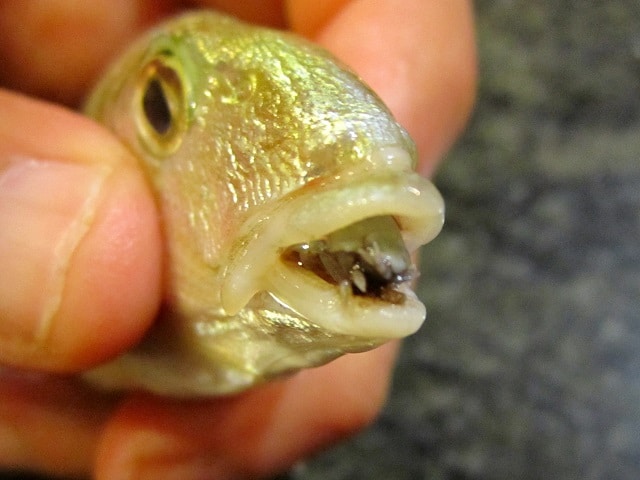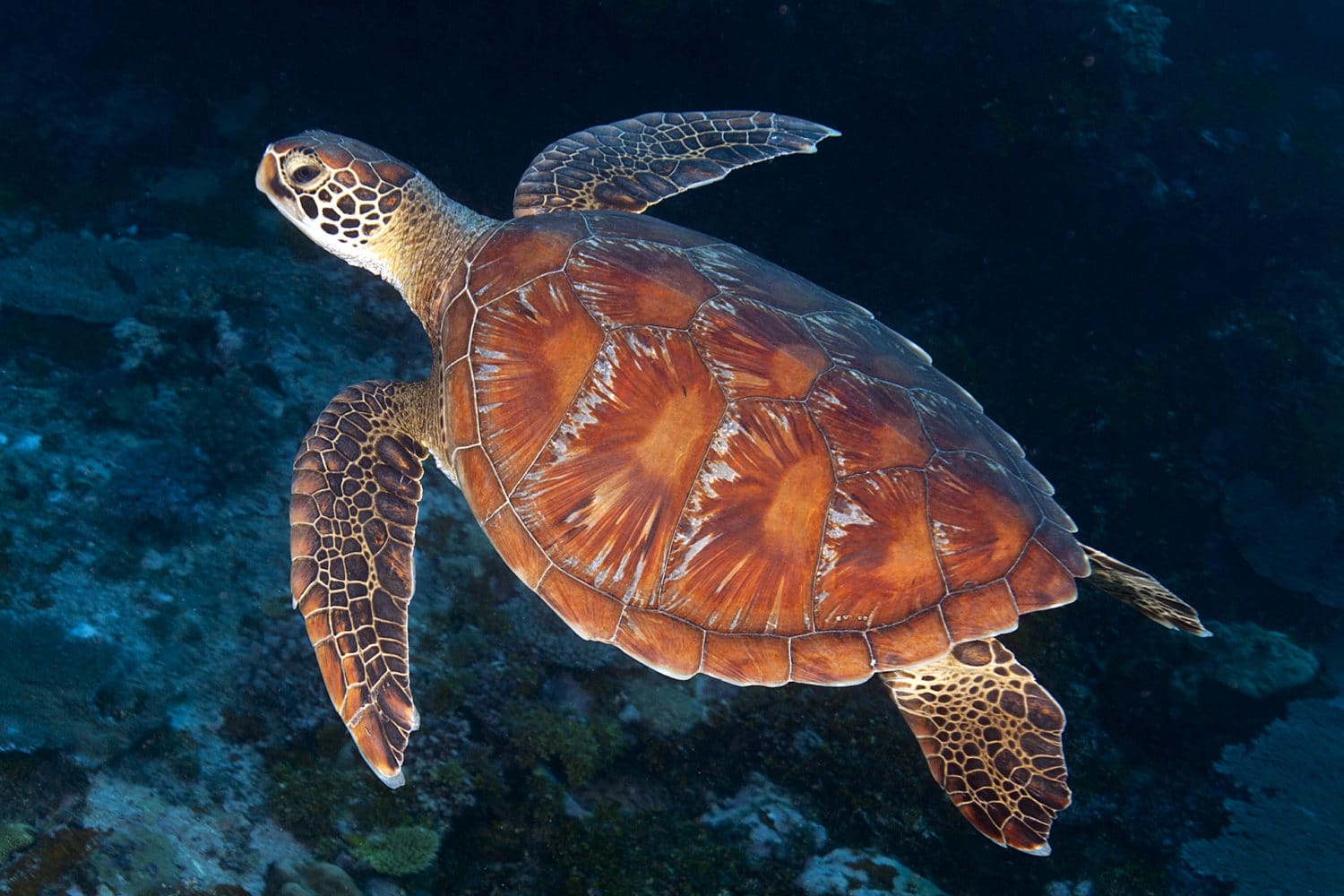Fact Friday

The tongue-eating louse lives up to its name, or at least the females do. She enters a fish’s body through the gills and cuts off the circulation to the fish’s tongue. When the tongue falls off, she becomes the fish’s new tongue, feeding on the fish’s blood and/or mucus.
Cymothoa exigua By Marco Vinci [CC-BY-SA-3.0 (http://creativecommons.org/licenses/by-sa/3.0] 1 September 2013 via Wikimedia Commons. https://commons.wikimedia.org/wiki/File:Cymothoa_exigua_parassita_Lithognathus_mormyrus.JPG.

February 21, 2025
Sea Turtle
Sea turtles can hold their breath for 4-7 hours while sleeping and resting. How do they do it? Sea turtles are reptiles; like humans, they breathe air. They cannot breathe underwater. When a sea turtle is inactive, its metabolism and heartbeat “slows down,” which decreases the amount of oxygen it uses in its blood. Sea turtles can slow their heartbeat so that it only beats once every nine minutes! For comparison, the human heart beats an average of 80 times in one minute. One breath from the surface can go a long way for these amazing animals.
Photo Credit: Ken Marks




